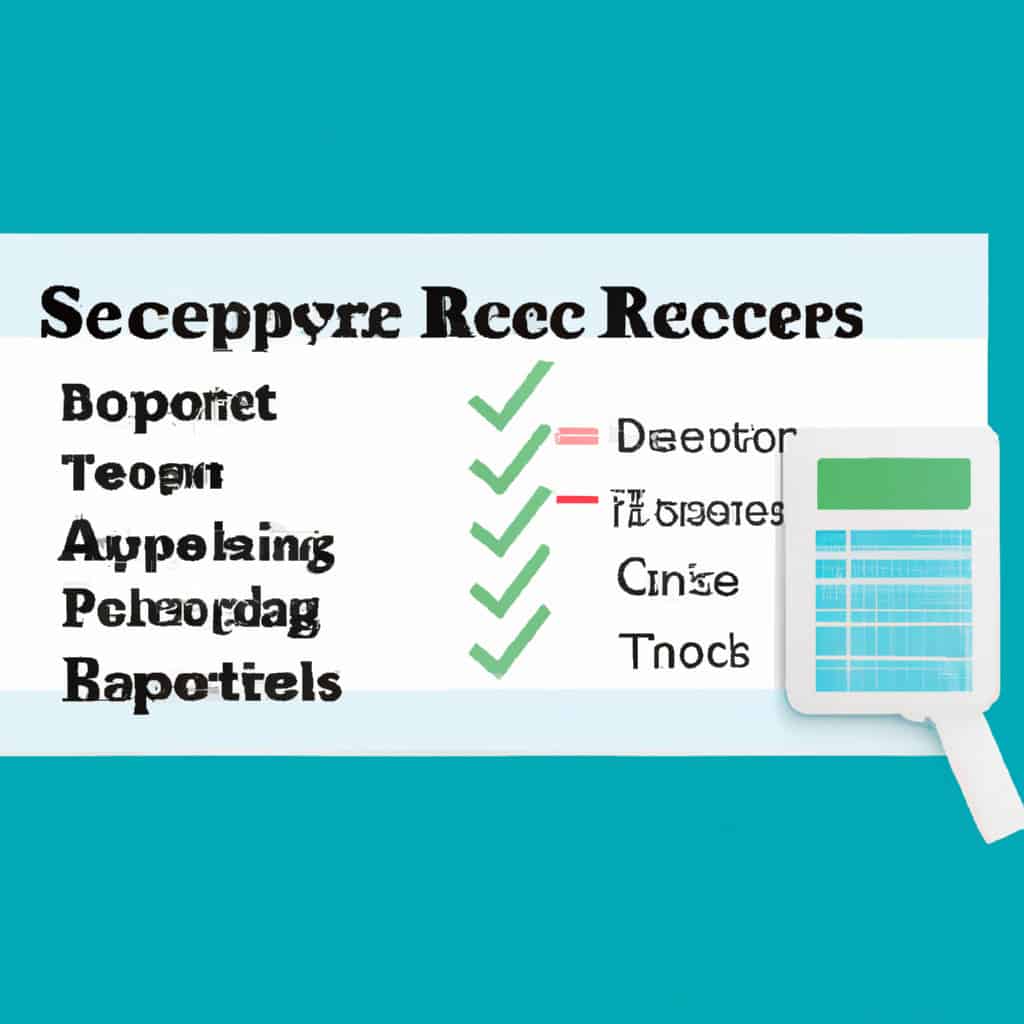In the realm of financial management, the task of tracking and managing expenses can prove to be burdensome for businesses of all sizes. This article presents a comprehensive list of the top five expense report software solutions, which have the potential to streamline the expense management processes.
These software platforms offer a wide range of features, including receipt scanning, automated expense categorization, approval workflows, and integration with accounting systems. By embracing these expense report tools, businesses can save time, reduce errors, and achieve enhanced visibility into their expenses.
This article caters to a diverse audience, from freelancers to large corporations, seeking efficient expense management solutions.
Key Takeaways
- Receipt scanning eliminates manual data entry, reducing errors and saving time.
- Automated expense categorization saves time by eliminating the need for manual category assignment.
- Optimized approval workflows reduce the time taken for expense reports to be reviewed and approved.
- Integrated reporting features enable automatic transfer of expense data from expense management systems to accounting systems, reducing errors and saving time.
Streamline Expense Management With Receipt Scanning
Receipt scanning is a feature offered by the best expense report software solutions, allowing businesses to streamline their expense management processes by digitally capturing and organizing receipts. This feature provides numerous benefits, making it an essential tool for businesses of all sizes.
Firstly, receipt scanning eliminates the need for manual data entry, reducing the risk of errors and saving valuable time for employees.
Additionally, digital receipts are easily searchable and can be accessed anytime, anywhere, providing better visibility and control over business expenses.
Moreover, integrated accounting systems can further enhance the benefits of receipt scanning. By seamlessly integrating with accounting software, expense report solutions can automatically reconcile expenses, generate accurate financial reports, and simplify the overall accounting process.
This integration ensures data accuracy, improves financial decision-making, and streamlines the entire expense management workflow.
Automate Expense Categorization for Efficiency
Automating the categorization of expenses offers an efficient solution for businesses to streamline their expense management processes. By utilizing automated expense tracking and expense management software features, companies can optimize their expense reporting workflows and reduce manual effort.
Here are three key benefits of automating expense categorization:
-
Time-saving: Automated expense categorization eliminates the need for employees to manually assign categories to each expense. This saves valuable time and allows employees to focus on more strategic tasks.
-
Accuracy: Manual categorization of expenses can be prone to errors and inconsistencies. Automated systems use algorithms and machine learning to accurately categorize expenses based on predefined rules and patterns, minimizing human error.
-
Insights and analysis: Automated expense categorization enables businesses to gain better visibility and understanding of their expenses. With accurate and consistent categorization, companies can analyze spending patterns, identify cost-saving opportunities, and make informed financial decisions.
Enhance Approval Workflows for Faster Processing
To expedite processing times, enhancing approval workflows is crucial for businesses seeking to improve the efficiency of their expense management processes. Streamlining the approval process can optimize expense reporting and enhance expense tracking capabilities. By implementing efficient approval workflows, businesses can reduce the time it takes for expense reports to be reviewed and approved, leading to faster processing times.
This not only improves the overall efficiency of the expense management process but also ensures timely reimbursement for employees and better visibility into business expenses. Additionally, optimized approval workflows can help businesses identify and address any discrepancies or errors in expense reports more efficiently.
Integrate With Accounting Systems for Seamless Reporting
Integrating expense management systems with accounting systems allows for seamless reporting and ensures accurate financial records. By connecting these two systems, businesses can streamline their expense management processes and gain better visibility into their financial data.
Here are three key benefits of integrating expense management systems with accounting systems:
-
Efficient data transfer: Integrated reporting features enable the automatic transfer of expense data from the expense management system to the accounting system. This eliminates the need for manual data entry, reducing the risk of errors and saving time.
-
Real-time financial insights: With seamless accounting integration, businesses can access up-to-date financial information, including expense data, in real-time. This allows for better decision-making and financial planning.
-
Improved compliance: Integrating expense management systems with accounting systems ensures that all expenses are accurately recorded and comply with financial regulations. This reduces the risk of non-compliance and potential financial penalties.
Overall, integrating expense management systems with accounting systems provides businesses with a streamlined and accurate approach to expense reporting, resulting in improved financial management.
Gain Better Visibility Into Business Expenses With Reporting Tools
By utilizing reporting tools, businesses can enhance their understanding of business expenses and make informed decisions based on the data. These tools provide a comprehensive view of expenses, allowing businesses to improve expense tracking accuracy and optimize expense allocation.
With these reporting tools, businesses can analyze their expenses at a granular level, identifying areas where costs can be reduced or reallocated to more strategic initiatives. Additionally, these tools offer features such as customizable dashboards and visualizations, enabling businesses to easily track and monitor their expenses in real-time.
This data-driven approach to expense management allows businesses to identify trends, anomalies, and potential cost-saving opportunities. By gaining better visibility into their business expenses, businesses can ensure that resources are allocated efficiently and effectively, ultimately leading to improved financial performance and operational success.
Conclusion
The 5 best expense report software solutions can revolutionize the way businesses manage their expenses. With features like receipt scanning, automated categorization, approval workflows, and integration with accounting systems, these platforms offer efficient and streamlined expense management processes.
By using these tools, businesses can save time, reduce errors, and gain better visibility into their expenses. From freelancers to large corporations, these software options cater to diverse needs, ensuring efficient expense management.
Just like a well-oiled machine, these software solutions can help businesses run smoothly and effectively.
